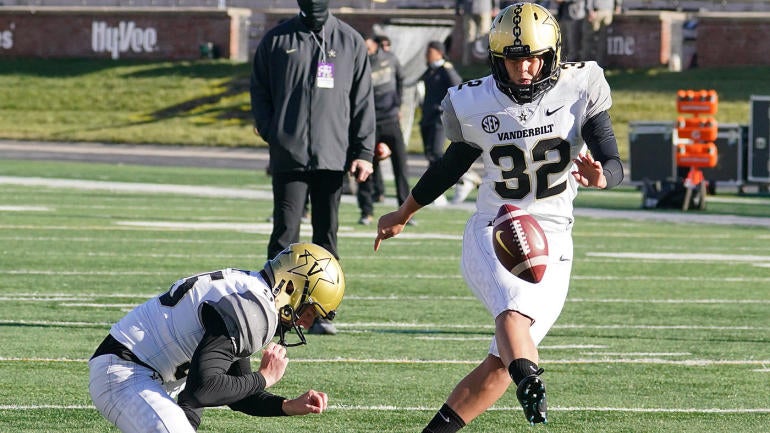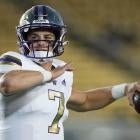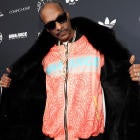
Sarah Fuller would have made more than history this weekend for a memory if name, image and likeness (NIL) were allowed in the NCAA. She'd be significantly richer. The potential earning power of the Vanderbilt soccer goalie-turned-football blew up in the last week after she become the first female athlete to participate in a Power Five Football game.
So much so one industry expert told CBS Sports that Fuller's value went from $65 per social media post to $7,500. Another expert said her annual earnings on social media alone would have increased 53 times to almost $160,000 per year.
The issue is Fuller can't collect on her newfound fame -- at the moment. NCAA athletes aren't currently allowed to profit from NIL, but Fuller's overnight celebrity shows what awaits such athletes in the future. Social media is expected to be a profit center for athletes when NIL legislation is expected to be passed by the NCAA in January 2021. It would allow athletes to capitalize monetarily on their fame for the first time. The legislation would go into effect in August.
Fuller, a senior goaltender for Vanderbilt's SEC champion women's soccer team, made headlines when she entered the game to kick off for Vanderbilt in the second half. Her eligibility will expire before she can get NIL money, but that doesn't preclude her from a future that includes a lucrative speaking tour after her playing days.
"The first woman to full-in-the-blank has a stage to stand on for a long time," said Blake Lawrence, CEO of Opendorse, a social media platform catering to athletes based in Lincoln, Nebraska. "There's a new perception when an athlete has this break out moment. We think, 'Oh what if they could make money.' Next year, they can."
Fuller had approximately 1,000 Instagram followers before she joined Vanderbilt football. That total sprang to 140,000 in a week, said Jim Cavale, CEO of INFLCR, a software platform for teams and athletes. Cavale made the projection above on the value of her social media posts increasing 12,500%. Fuller's annual projected social media earnings went from $2,969 to $157,257, according to Lawrence.
"Most of the opportunity you create for yourself on social is from what you do on the field. Things that actually happen," said Cavale. "You have to be ready for it. The biggest thing with her is she was ready for it. She had a very well put together Instagram where she had been posting."
Both companies will be engaging with college athletes in the NIL era.
"I haven't been too worried about any that," Fuller said. "I really haven't been focusing on that. I've been focusing on learning football, learning the position. I think my next smartest move would be to get an agent of some type. … As of right now, I'm here for the team."
Tomorrow I will be wearing “Play Like a Girl” on the back of my helmet. @iplaylikeagirl is nonprofit that encourages girls to play sports and get exposure to STEM opportunities. Check them out! #playlikeagirl https://t.co/2inXh5PM2V pic.twitter.com/W7lF9dXkUR
— Sarah Fuller (@SarahFuller_27) November 27, 2020
The stories of the incredible earning power of athletes in that era are starting to materialize. In August, CBS Sports reported that Oklahoma quarterback Spencer Rattler would have been worth more than $700,000 per year on social media before taking a snap as a starter for the Sooners this season.
NIL will allow athletes to profit from not only social media but also endorsements and their autographs. How to limit improper recruiting influence in the NIL era is still being determined. The NCAA is expected on Friday to select a third-party administrator to monitor NIL ventures by athletes and possibly help set a fair market value for some of the ventures.
"The story is timing is everything for athletes," Cavale said. "The timing of NIL is going to be amazing for these athletes coming soon versus the ones who missed out on it. The timing of Sarah being the first woman to play in an Power Five football game, the timing of winning a conference championship or being a UMBC when they upset Virginia [No. 1 seed in the NCAA Tournament]. [It's about] being ready for the moment."






















